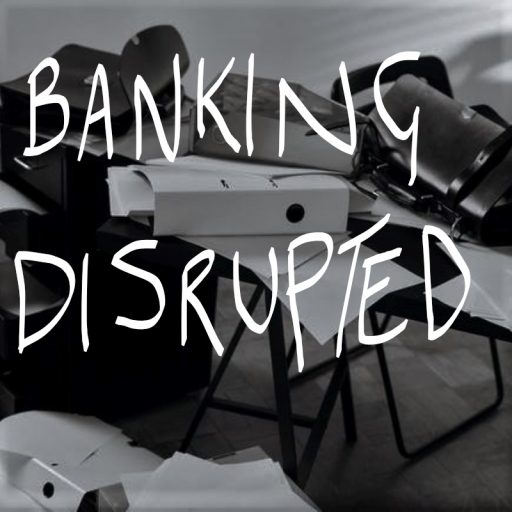Changing brand perception in financial services, especially traditional banking within this segment, where banks are viewed as being “slow-paced” and “less reactive to innovation”, is complex. Especially on some level, banking should be steady and stable as these institutions ultimately manage money for people, SMEs, Governments and Corporations, which is a serious business; hence, demonstrating a fresh and innovative approach can be tedious if not managed carefully.
If we look at the personal market, where customers are looking at options for savings, making payments, buying homes, selling homes, and planning for the future – all crucial for financial well-being, an appropriate style/approach to all the offerings is needed. A balance between affordability, ease of use, convenience, and design must be struck against operating in a heavily regulated market. Therefore, managing brand value that is mindful of this balance between relevancy, experience, and regulation must be part of any fundamental business strategy. The ability to signal stability and innovation is the holy grail of staying relevant with customers in banking.
Changing brand perception without diluting existing brand goodwill/value can be challenging as it takes time and consistency to embed. Re-inventing or re-framing brand values should be considered a marathon, not a sprint, and some practical guidelines can make this journey easier to navigate. The process must start with honesty and a detailed, yet unfiltered, look at your brand’s current perception. Next, there is a need to understand how existing customers and potential prospects see your brand identity and what they say about how that identity is experienced. Finally, there is a balance between understanding what works and what requires improvement and how these calibrations help across markets you would like to serve better.
Once information and insight have been gathered around what the perception is today, the following steps help to define how that perception can be authentically moved toward where it needs to be. There are a few actions that can help achieve this aim:
1. Creating a clear and compelling north-star vision of how you want your brand to be perceived. This needs to be a glorious technicolour vision of all the attributes and characteristics you want to be famous for, e.g., ‘to make the best products that enrich people’s lives.’, highest quality and luxury
2. Conduct an immersive brand diagnostic: Examine brand statementing, visual identity, core messaging themes, how the experience is delivered to customers, and product/service offerings. The aim here is to establish where are the gaps from where you are today to where you want to be
3. The “authentic” re-frame: Here is where the complex work begins. Once your vision and audit are completed, the offering must be re-stated and re-positioned in line with the new, refreshed vision. This covers visual identity, online presence, social media, campaigns, product/offering benefits statements, and most importantly, the ability of the whole organisation to live the values daily
4. Tell EVERYONE: Communicate your process and your brand story. Create a compelling narrative communicating your brand’s values, mission, and uniqueness. Craft consistent messaging that resonates with your target audience and effectively communicates the desired perception of your brand.
5. Re-align and create an integrated marketing communication plan: The activity that drives awareness and engagement for your organisation across all channels will also need to be “edited and updated.” This is core to getting the broader market acclimated to your new direction of travel. This plan must be monitored and adapted as feedback and insights are gathered over time. All action needs to be thoughtful, as sudden knee-jerks will confuse customers and the market, as consistency is crucial to believability
6. Get passionate about customer experience: all customer touchpoints and interaction points needing improvement must be identified and tackled to drive positive engagement. This also applies to those interactions that happen as they should and when things don’t go according to plan, i.e., moments that matter. As a starter for 10, there are simple things that all customers should be able to do within everyday banking digitally in under three clicks, and it is incredible in 2023 how many major banks cant do these! :
-
- Changing your details (name, address, email, phone number) across ALL of your accounts and bank products in one go
- Being able to set account balance alerts and notifications on all types of payment transactions, payments, refunds and significant activity
- Being able to search transactions
- Having visibility of incomings and out-goings quickly and setting up a simple budget
- Reporting a transaction you don’t recognise in one click (chargeback/fraud)
- Applying for an overdraft without calling anyone
- Freezing a card or reporting it lost/stolen
- Viewing your credit score and getting tips on improving it
- Cancelling subscriptions that you don’t recognise
- Managing direct debits and standing orders (amending/deleting)
- Authenticated chat, messaging and FAQs
- Digital document storage, e.g. statements, mortgage documents, Tax information etc




